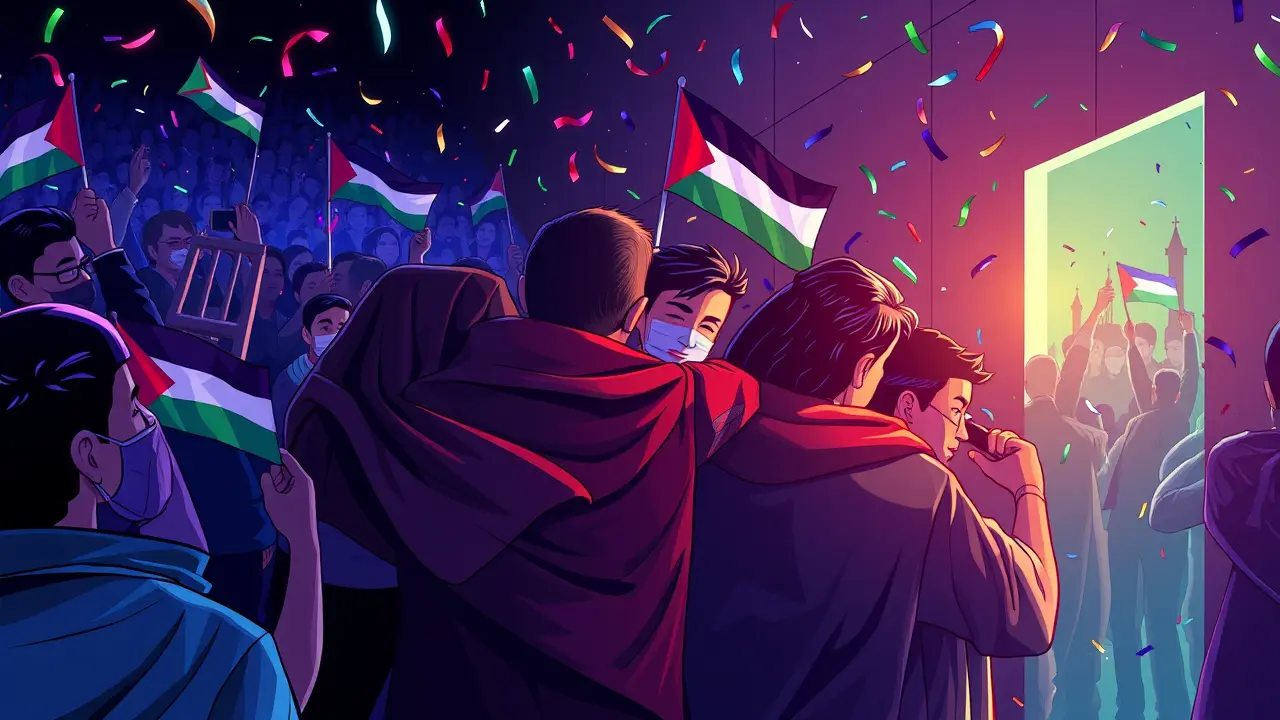Hamas Gaza Crackdown Kills 32 in Internal Power Struggle
GAZA CITY – In a brutal internal power play that signals escalating turmoil within the besieged coastal enclave, Hamas security forces launched a sweeping crackdown overnight, leaving thirty-two dead in a targeted operation against the influential Doghmush clan, a rival faction long entrenched in Gaza City's Sabra neighborhood. This bloody confrontation, erupting despite a fragile, internationally brokered ceasefire holding between Hamas and Israel, exposes the volatile fault lines running beneath the surface of Palestinian politics, where the rhetoric of unity against a common enemy masks a reality of internecine warfare and a desperate struggle for control.The operation, characterized by witnesses as a series of coordinated, house-to-house raids involving heavy weaponry and culminating in prolonged street battles, was framed by Hamas's interior ministry as a necessary 'security campaign' to dismantle 'lawless elements' and confiscate illicit weapons. However, analysts and local sources interpret the violence as a calculated move by Hamas's military wing, the Izz ad-Din al-Qassam Brigades, to systematically neutralize a powerful, autonomous armed family that has operated as a state-within-a-state, challenging Hamas's absolute authority and its lucrative control over smuggling tunnels and local taxation.The Doghmush clan, with a history dating back to the first intifada, is no minor faction; they gained international notoriety in 2006 for the kidnapping of Israeli corporal Gilad Shalit, an act that initially complicated Hamas's own strategic calculations, and they have maintained their own militia and intelligence apparatus independent of the formal Hamas security structure. This is not merely a police action; it is a decapitation strike aimed at consolidating power.The timing is critically significant. With the ceasefire with Israel creating a temporary, tense quiet on the external front, Hamas's leadership appears to be exploiting the lull to turn inward and ruthlessly eliminate internal threats, a classic tactic of authoritarian regimes securing their grip during periods of perceived external stability.The past ten days have seen multiple, smaller skirmishes reported along the Gazan-Israeli border, but this internal explosion of violence poses a far more profound threat to Hamas's governance. It risks igniting a protracted internal conflict, potentially drawing in other powerful families and clans who may see the writing on the wall and decide to preemptively resist Hamas's centralization of power.The immediate consequence is a city gripped by a new kind of fear—not of airstrikes from above, but of knock-on-the-door violence from their own governing authority. Hospitals, already strained by the recent conflict with Israel, were overwhelmed with casualties, many suffering from close-range gunshot wounds, indicating executions-style killings.The broader geopolitical implications are stark. For Israel and Egypt, which maintain a strict blockade on Gaza, a Hamas regime engaged in a vicious internal power struggle is both a potential liability and a strategic opportunity.A weakened, internally-focused Hamas may be less capable of launching large-scale rocket attacks, but it could also fracture entirely, creating a security vacuum that could be filled by even more radical, unpredictable jihadist elements like Islamic State affiliates, over whom Hamas has historically exerted tenuous control. For the Palestinian Authority in the West Bank, this event is a potent propaganda tool, allowing President Mahmoud Abbas to portray Hamas as incapable of governing and more interested in killing fellow Palestinians than in achieving national liberation.The international community, particularly Qatar and Egypt who act as primary mediators, now faces a dilemma: how to engage with a partner that is simultaneously a political entity and a militia engaged in what amounts to a civil war. This crackdown fundamentally undermines the narrative of a unified Palestinian resistance and reveals the deep, structural pathologies of a territory living under perpetual blockade and war, where power is ultimately derived from the barrel of a gun and loyalty is enforced through terror. The thirty-two bodies in the morgues of Gaza City are a grim testament to the fact that the most deadly conflicts are often not between nations, but within them.
It’s quiet here...Start the conversation by leaving the first comment.
